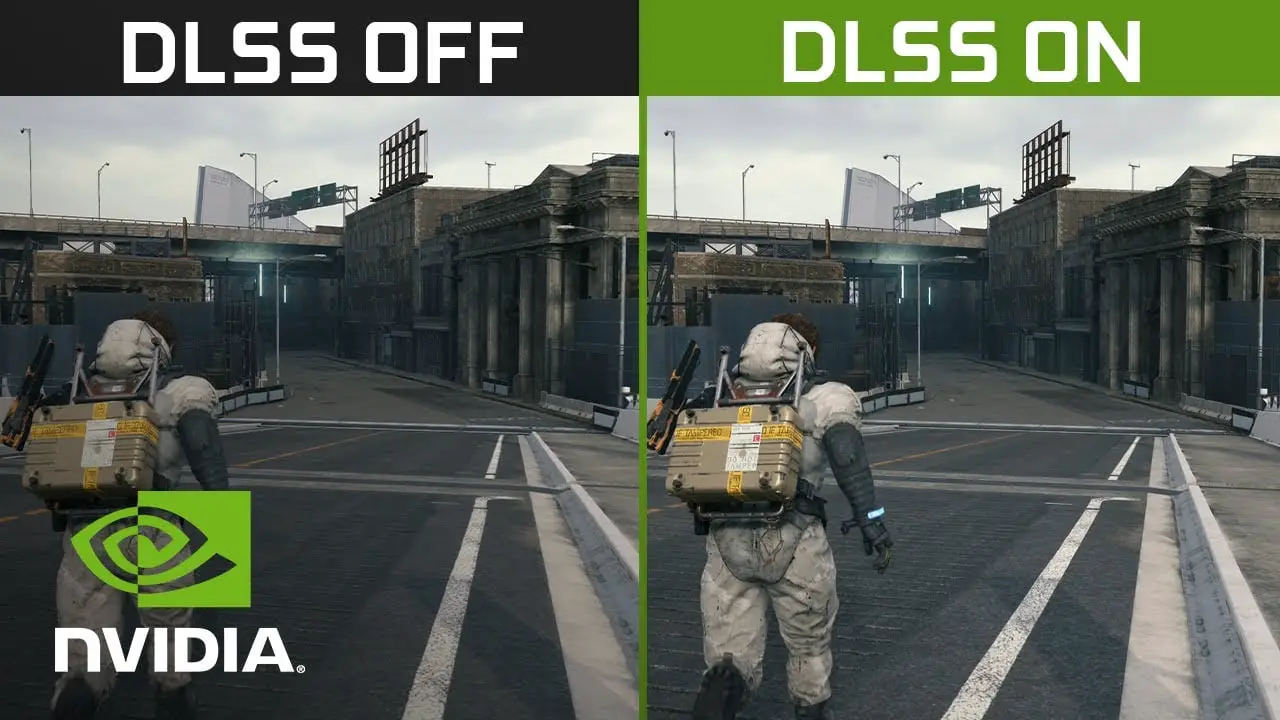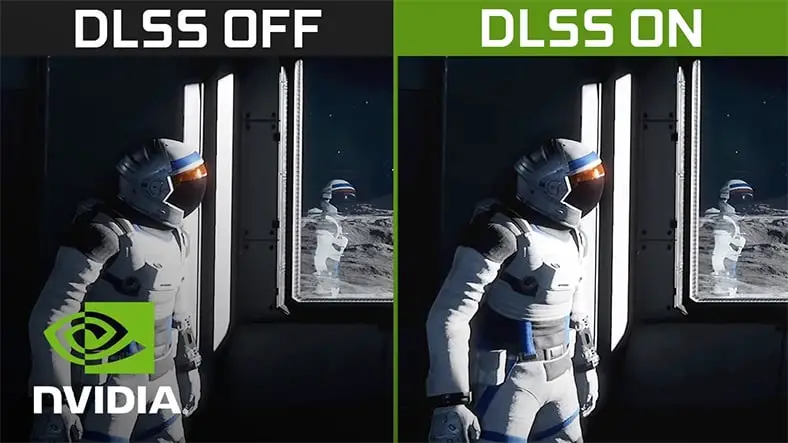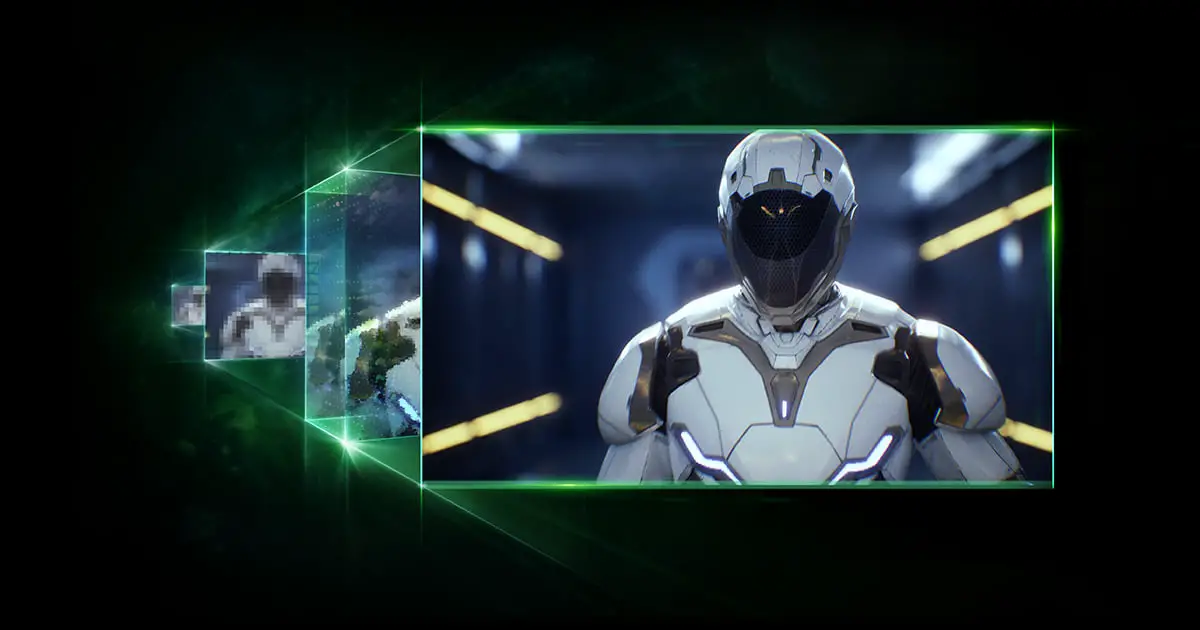NVIDIA has integrated DLSS technology to Unity Engine. Whether we are talking about Unity or Unreal Engine, two technologies have been revolutionizing the world of gaming for some time now: DLSS and ray tracing. The latter completely reinvents lighting in games, while the former reduces the demand for resources thanks to AI tools. This way, many gamers can access graphics modes that, without DLSS, would be beyond the reach of their systems.
NVIDIA will add DLSS to Unity Engine
It is true that the result of the first version of DLSS was not remarkable, but the evolutionary leap taken with DLSS 2.0 served to clear up doubts and, today, more and more developers want to incorporate this technology into their games. This is the reason why NVIDIA has been concerned about making it easier for developers to improve the gaming experience of their titles thanks to intelligent scaling.
In this sense, and in the context of NVIDIA GTC 2021, which is being held between April 12 and 16, DLSS will be a technology natively supported by the Unity engine. Thus, all developers and studios that have chosen this platform to develop their games will only have to make a couple of mouse clicks to configure DLSS in the HDRP of the Unity development environment.

This way, DLSS is even closer to developers, who have already seen the arrival of this technology in Unreal Engine, another development environment currently widely used, and which rivals Unity, although there are quite a few differences between the two. Thus, there are a wide variety of other environments and tools (from RPG Maker to Cry Engine and Godot), two of the most widely used today already allow their users to use NVIDIA’s super scaling.
Unity has been able to attract many new users, including many with little or no programming knowledge, thanks to modules and tools that allow you to create games without writing a single line of code. This, of course, allows many users with a good idea to turn it into a game, but at the same time poses a common problem: the lack of game optimization.

From incomprehensible graphic resolutions to titles without framerate limitation. So, technologies that allow to offload the workload of the systems to offer a good graphical result are certainly more than welcome, both in Unity and in other environments.
DLSS is based on artificial intelligence and reduces the workload of the GPU, allowing images to be rendered at a smaller size, and then each frame to be resampled to a larger size without any loss of quality, thanks to the previous training to which the deep learning algorithms on which this technology is based have been subjected. Intelligent frame rescaling is the task of the graphics card’s AI cores.





